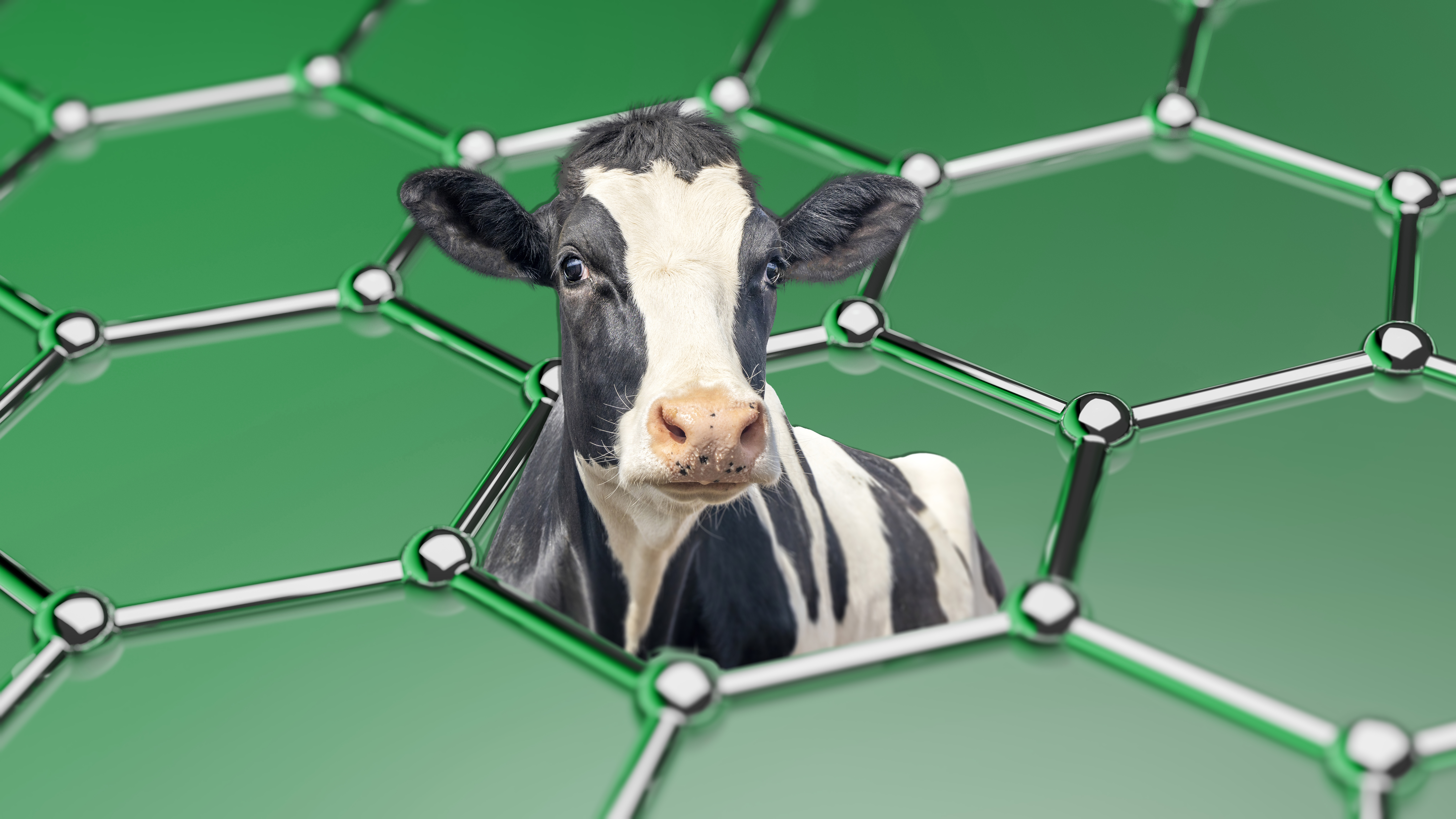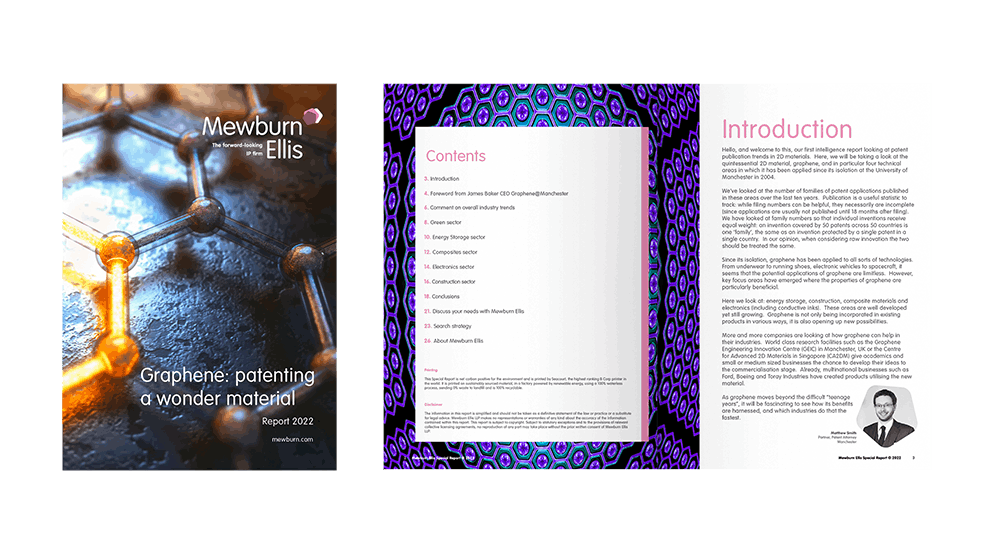In the 15 years since Professors Andre Geim and Konstantin Novoselov isolated and discovered graphene at the University of Manchester, the material has been heralded as a game-changer in the research and development of new materials.
Since then, there has been an incredible surge in research and development of further 2D (single layer) materials. Literally hundreds of such compounds have been made or at least theorized, every one of them offering something new and exciting to the worlds of physics, chemistry, materials science and beyond.
The potential of 2D materials is seemingly endless, with new uses and products appearing daily.
We don’t know if this was on the researchers’ minds, as they peeled off layers of graphite with Scotch Tape to extract the single-atom thick lattice of carbon atoms, but the incredible impact of their work is without question. They have been knighted and received Nobel Prizes as a result of this ground-breaking research.
The remarkable properties of graphene are now well-known and much discussed.
-
It is one million times thinner than paper
-
It is the ‘strongest material known to man’
-
It is exceptionally thermally and electrically conductive and tuneable
-
It is flexible (it can extend to 20% of its original length if stretched)
-
It is impermeable to certain molecules
-
It is transparent
Small wonder then that over the past decade, its potential has been the subject of a spiralling number of academic papers - and a fair amount of media hype. Now it is joined by a whole host of other 2D Materials, from MXenes to monolayer TMDCs (Transition Metal DiChalcogenides), and the hype is transferring to reality.











/MATTHEW%20NAYLOR-%20January%202025.png)


